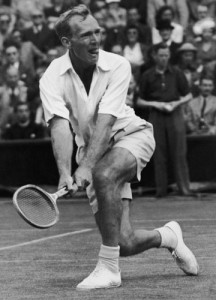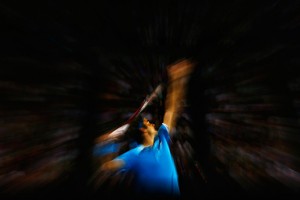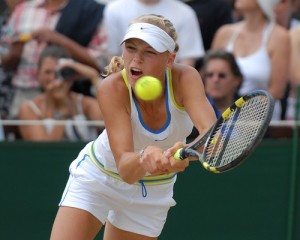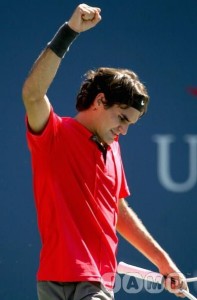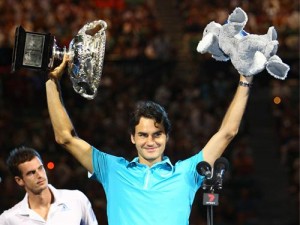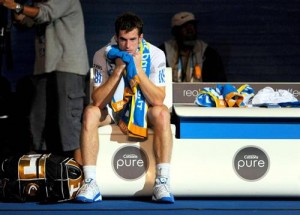The 20 Greatest Male Australian Open Champions of All Time, Part 2 3
No. 10 John Bromwich (Won 1939 and 1946 – RU 1937, 1938, 1947, 1948, 1949 ) 7 Finals, 2 Wins.
Born in Sydney, John Bromwich was an innovator who helped usher in the two-handed forehand.
Primarily a doubles player, Bromwich could also obviously hold his own on the singles court.
He won his first Australian Open in 1939, defeating fellow Aussie Adrian Quist 6-4, 6-1, 6-3.
After the war in 1946, Bromwich again captured the Australian Open title over fellow Aussie Dinny Pails 5-7, 6-3, 7-5, 3-6, 6-2. It was a hard-fought contest.
Bromwich was also runner up five times in 1937, 1938, 1947, 1948 and 1949.
In 1937 Bromwich fell to his doubles partner Vivian McGrath and in 1938 to American Don Budge.
In 1947 Bromwich lost to Dinny Pails, in 1948 to Adrian Quist and in 1949, he lost to fellow Aussie Frank Sedgman.
In all, Bromwich appeared in seven Australian Championship finals, winning twice.
No. 9 James Anderson (Won 1922, 1924, 1925) – 3 Finals, 3 Wins.
Australian James Anderson won the Australian Open three times in the 1920s when the tournament was titled the Australasian Championships––back in the days when not many players traveled down under to participate.
Between 1919 and 1925 Anderson played in 15 Davis Cup ties for Australia and was well-known on the tennis circuit.
In 1922, Anderson defeated Aussie Gerald Patterson 6-0, 3-6, 3-6, 6-3, 6-2.
In 1924, he defeated Richard Schlesinger also from Australia 6-3, 3-6, 3-6, 6-3, 6-2.
Finally in 1925, Anderson upended Patterson again 11-9, 2-6, 6-2, 6-3.
In 1927, the tournament name changed to the Australian Championships.
